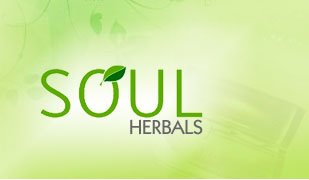
All life & all living beings have one origin – Nature
* What is this nature?
Nature is everything around us that is unchanged by man……rivers, air, trees, flowers, space, even man himself. Nature is from where all human life has sprung
Characteristics of Mother Nature form our basic characteristics. Understanding our basic characteristics is the best way to manage ourselves. All the disorders/problems that we face are an imbalance of one or many constituents that form us. The constituents that form us are the Five elements of nature – Earth, Water, Fire, Ether (space) & Air.
Earth represents the solid state of matter. It manifests stability, permanence and rigidity. In our body, the parts such as bones, teeth, cells, and tissues are manifestations of the earth. Earth is considered a stable substance.
Water characterizes change and represents the liquid state. A large part of the human body is made up of water. Our blood, lymph, and other fluids move between our cells and through our vessels, bringing energy, carrying away wastes, regulating temperature, bringing disease fighters, and carrying hormonal information from one area to another. Water is a substance without stability.
Fire is the power to transform solids into liquids, to gas, and back again. In other words, it possess power to transform the state of any substance. Within our bodies, the fire or energy binds the atoms together. It also converts food to fat (stored energy) and muscle. Fire transforms food into energy. It creates the impulses of nervous reactions, our feelings, and even our thought processes. Fire is considered a form without substance.
Air is the gaseous form of matter which is mobile and dynamic. Within the body, air (oxygen) is the basis for all energy transfer reactions. It is a key element required for fire to burn. Air is existence without form.
Ether is the space in which everything happens. It is the field that is simultaneously the source of all matter and the space in which it exists. Ether is only the distances which separate matter. The chief characteristic of ether is sound. Here sound represents the entire spectrum of vibration.
There exist plenty resources to manage and fulfill our needs like:
• Medicinal value of different plants
• Minerals from oceans, rivers, soils and rocks
• Rich nutrients of fruits & vegetables
Nature has provided the best for everyone in the proportionate amount. The proper use of these resources in the required quantities can help us lead a better, healthier life. The human body is part of nature and when it runs perfectly, it can be perfectly healthy. It is trying to be perfectly healthy all the time, using its innate self-healing, self-regulating ability as it strives for a perfect homeostatic balance. But we repeatedly interfere.





